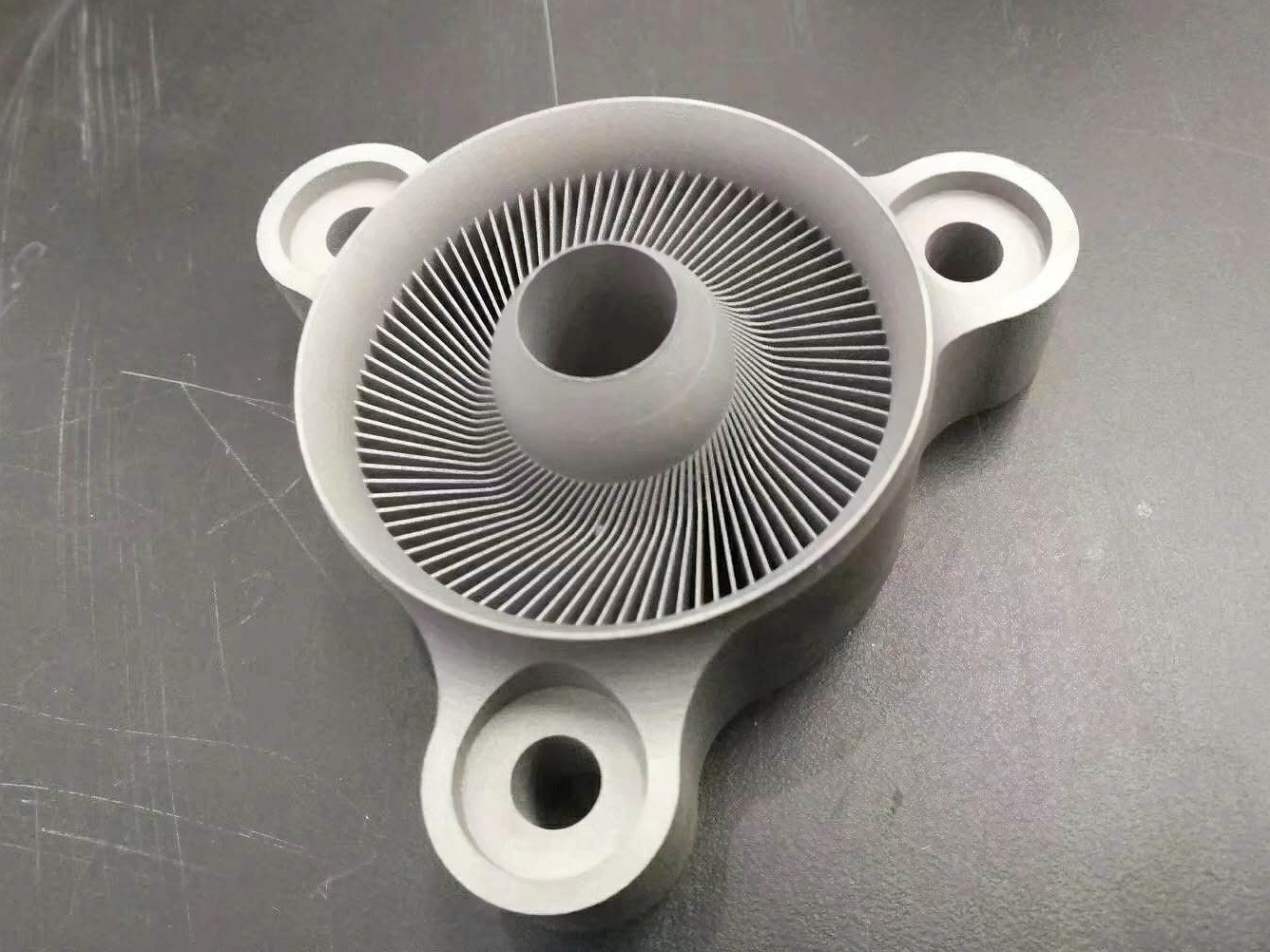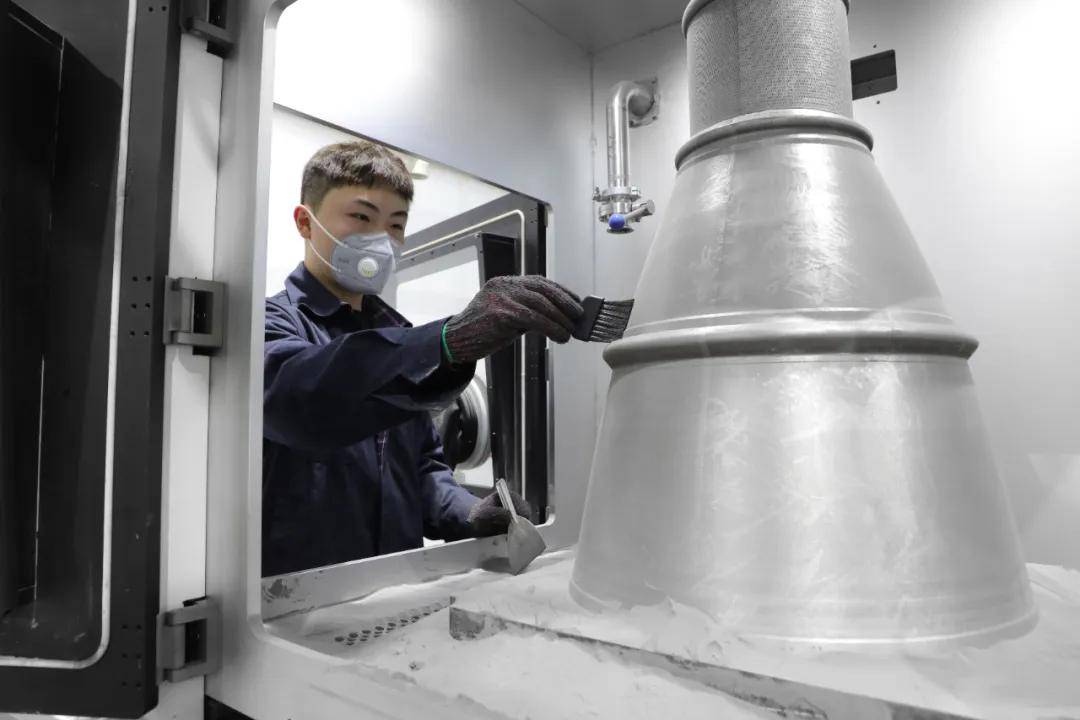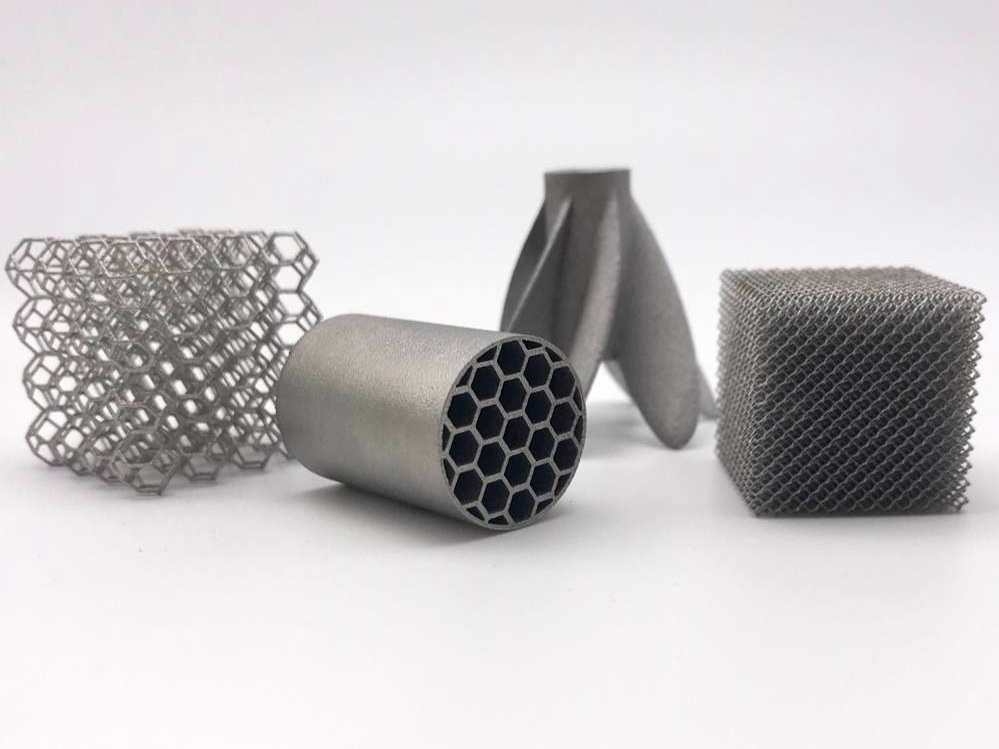Inconel Alloys for 3D Printing: Order Custom High-Strength Metal Components Fast
Introduction
Inconel alloys are increasingly critical in industries requiring components that withstand extreme temperatures, mechanical loads, and corrosive environments. As the demand for complex, high-performance metal parts rises, advanced 3D printing services provide a fast and effective manufacturing route for custom Inconel components. Leveraging additive manufacturing, engineers can produce intricate geometries unachievable through conventional machining. Inconel’s superior high-temperature strength and corrosion resistance make it ideal for aerospace, energy, and automotive applications. This guide explores the key properties of Inconel alloys and how modern superalloy 3D printing solutions enable rapid production of custom, high-strength metal components.
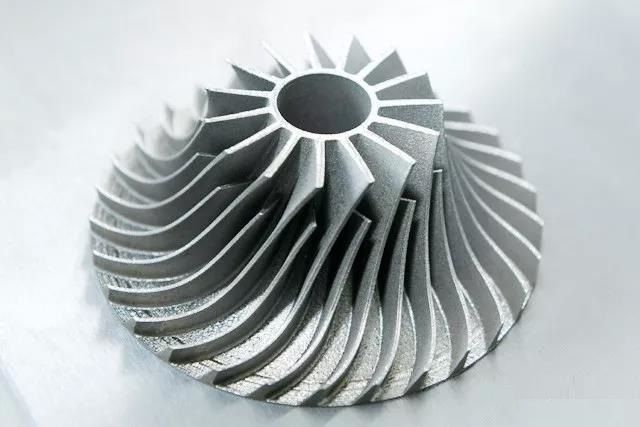
What Is Inconel Alloy? Composition and Core Properties
Overview of Inconel Family Alloys
Inconel is a family of austenitic nickel-chromium-based superalloys known for their exceptional strength and resistance to oxidation and corrosion, even at elevated temperatures exceeding 700°C. Common grades used in 3D printing include Inconel 625 and Inconel 718. Inconel 625 offers outstanding resistance to aggressive corrosive environments, while Inconel 718 delivers superior mechanical strength, making it suitable for load-bearing aerospace and energy components.
Key Mechanical and Thermal Properties
Inconel alloys exhibit tensile strengths up to 1240 MPa and yield strengths around 1030 MPa after post-processing. They maintain structural integrity under prolonged thermal exposure and cyclic loading. The alloys also demonstrate low thermal expansion, excellent fatigue resistance, and minimal creep deformation. Compared to stainless steel or titanium, Inconel alloys deliver unmatched high-temperature performance, particularly in applications requiring components to operate in oxidizing and reducing environments. These material advantages position Inconel among the top solutions in superalloy additive manufacturing for mission-critical applications.
Why Choose Inconel Alloys for 3D Printing?
Complex Geometries Enabled by 3D Printing
Traditional subtractive manufacturing struggles to produce thin-walled, lightweight structures with internal channels required in modern high-performance systems. Powder bed fusion additive manufacturing processes allow engineers to design and fabricate intricate Inconel components with optimized geometries for weight reduction, thermal management, and enhanced mechanical properties. This design freedom drives innovation in aerospace, automotive, and energy systems.
Exceptional Heat and Corrosion Resistance
Inconel alloys remain dimensionally stable and corrosion-resistant in harsh environments, making them ideal for applications such as gas turbines, heat exchangers, and nuclear reactors. In the energy and power sector, Inconel’s ability to resist oxidation, carburization, and sulfidation ensures long service life for components exposed to aggressive gases and extreme heat. This reliability reduces maintenance frequency and operating costs.
Optimized for High-Performance Applications
In the aerospace industry, Inconel alloys are widely used in jet engine turbine blades, exhaust components, and structural supports where performance at elevated temperatures is paramount. Advanced 3D printing enables the production of these parts with optimized thermal and structural characteristics. Manufacturers across the aerospace and aviation sector rely on Inconel for mission-critical components that must meet stringent performance and safety standards. The combination of additive design flexibility and Inconel’s intrinsic material properties results in superior parts for next-generation systems.
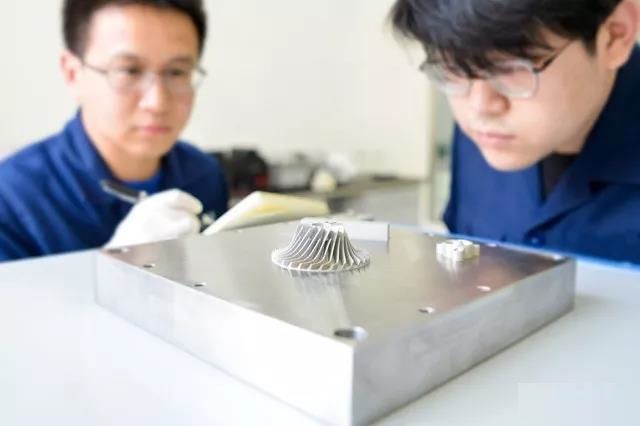
3D Printing Processes for Inconel Alloys
Suitable Additive Manufacturing Techniques
Inconel alloys are well-suited to laser-based powder bed fusion processes, including Selective Laser Melting (SLM) and Direct Metal Laser Sintering (DMLS). These technologies selectively melt thin layers of Inconel powder to create fully dense, high-strength parts layer by layer. Advanced process control ensures minimal porosity and excellent mechanical properties. The precision of these methods supports tight tolerances and fine details, critical for aerospace and energy applications.
Heat Treatment and Post-Processing of Inconel 3D Printed Parts
Post-processing is essential to achieve the full performance potential of Inconel 3D printed components. Heat treatment improves mechanical strength, ductility, and fatigue resistance by relieving residual stresses and optimizing microstructure. In applications requiring ultra-precise features, Electrical Discharge Machining (EDM) is employed to finish critical surfaces and complex internal geometries that may be difficult to achieve via conventional machining.
Surface Treatment Options for Enhanced Performance
To further enhance corrosion and wear resistance, Inconel components often undergo advanced surface treatments. Techniques such as Thermal Barrier Coatings (TBC) and surface treatment processes improve thermal insulation, oxidation resistance, and surface hardness. These post-processing solutions enable Inconel parts to withstand the most demanding service environments while ensuring long-term reliability.
Typical Applications of Inconel 3D Printed Components
Aerospace and Turbine Components
Aerospace systems require materials that can endure extreme temperatures, stress, and fatigue. Inconel alloys are widely used to manufacture gas turbine blades, guide vanes, and heat exchanger modules. The ability of additive manufacturing to create intricate cooling channels and optimized geometries enhances engine performance. Engineers often reference applications highlighted in the blog on custom superalloy parts in 3D printing to push boundaries in aerospace innovation.
Automotive Exhaust and Turbo Systems
In the automotive industry, Inconel is frequently used for turbocharger housings, exhaust manifolds, and thermal shielding. These components must resist thermal fatigue and oxidation at service temperatures beyond 1000°C. Additive manufacturing enables optimized flow paths and lightweight structures that boost vehicle performance. Leading automotive manufacturers are leveraging these benefits for high-performance and motorsport applications.
Chemical Processing and Power Generation
Chemical processing and power generation sectors rely on Inconel’s corrosion resistance and mechanical strength. Applications include heat exchangers, reactor vessels, and high-pressure fittings exposed to aggressive chemicals and elevated temperatures. Additive manufacturing accelerates the production of these complex components, improving system efficiency. Many companies in manufacturing and tooling now adopt Inconel 3D printing to reduce lead times and enhance part performance.
.jpg)
How to Order Custom Inconel 3D Printed Parts
Rapid Prototyping to Production Services
Modern additive manufacturing enables a seamless transition from rapid prototyping to small-batch and full-scale production of Inconel parts. Engineers can validate designs quickly with prototype components before moving to series production. Many companies utilize dedicated rapid prototyping services to shorten development cycles and bring high-performance products to market faster. Online platforms now offer streamlined quoting, file submission, and order tracking for Inconel 3D printing projects.
Selecting the Right Inconel Grade for Your Application
Choosing the optimal Inconel alloy depends on specific application requirements. For example, Inconel 625 offers superior corrosion resistance for chemical environments, while Inconel 718 provides excellent mechanical strength for load-bearing aerospace components. Engineers can consult a comprehensive 3D printing materials database to evaluate different grades and select the most suitable alloy. Material datasheets, mechanical property charts, and process compatibility guides support informed decision-making during the ordering process.
Conclusion
Inconel alloys offer unmatched performance for applications that demand high strength, corrosion resistance, and thermal stability. When combined with the design flexibility of additive manufacturing, Inconel becomes an ideal choice for producing advanced components with complex geometries. Industries such as aerospace, energy, automotive, and chemical processing increasingly rely on 3D printed Inconel parts to enhance system performance and reliability. By partnering with a trusted superalloy 3D printing service provider, engineers can quickly order custom high-strength metal components tailored to their exact specifications. This streamlined approach accelerates innovation and helps companies stay competitive in demanding markets.
